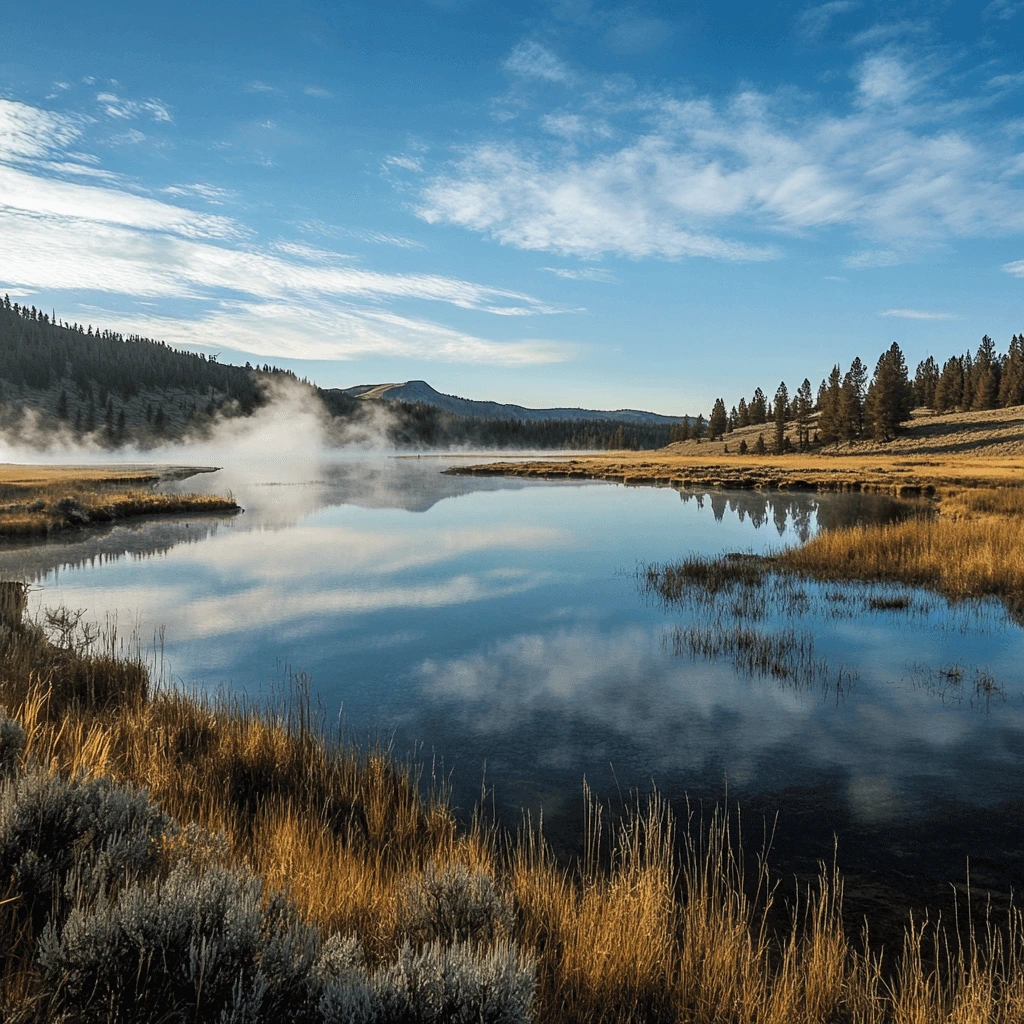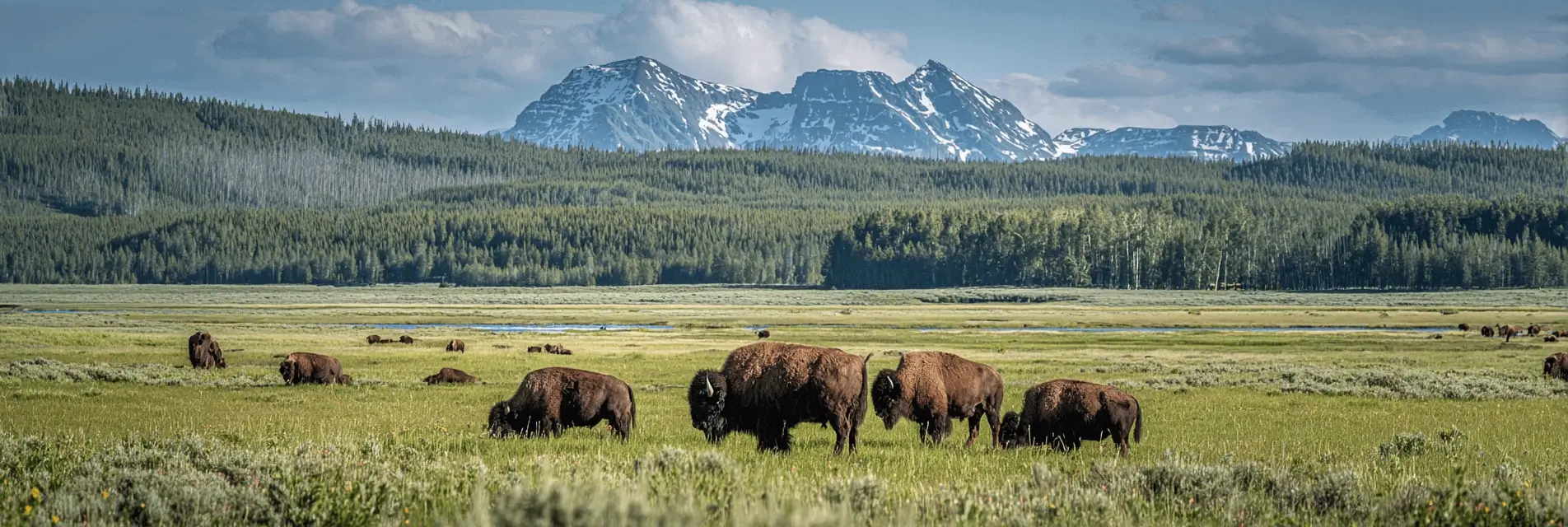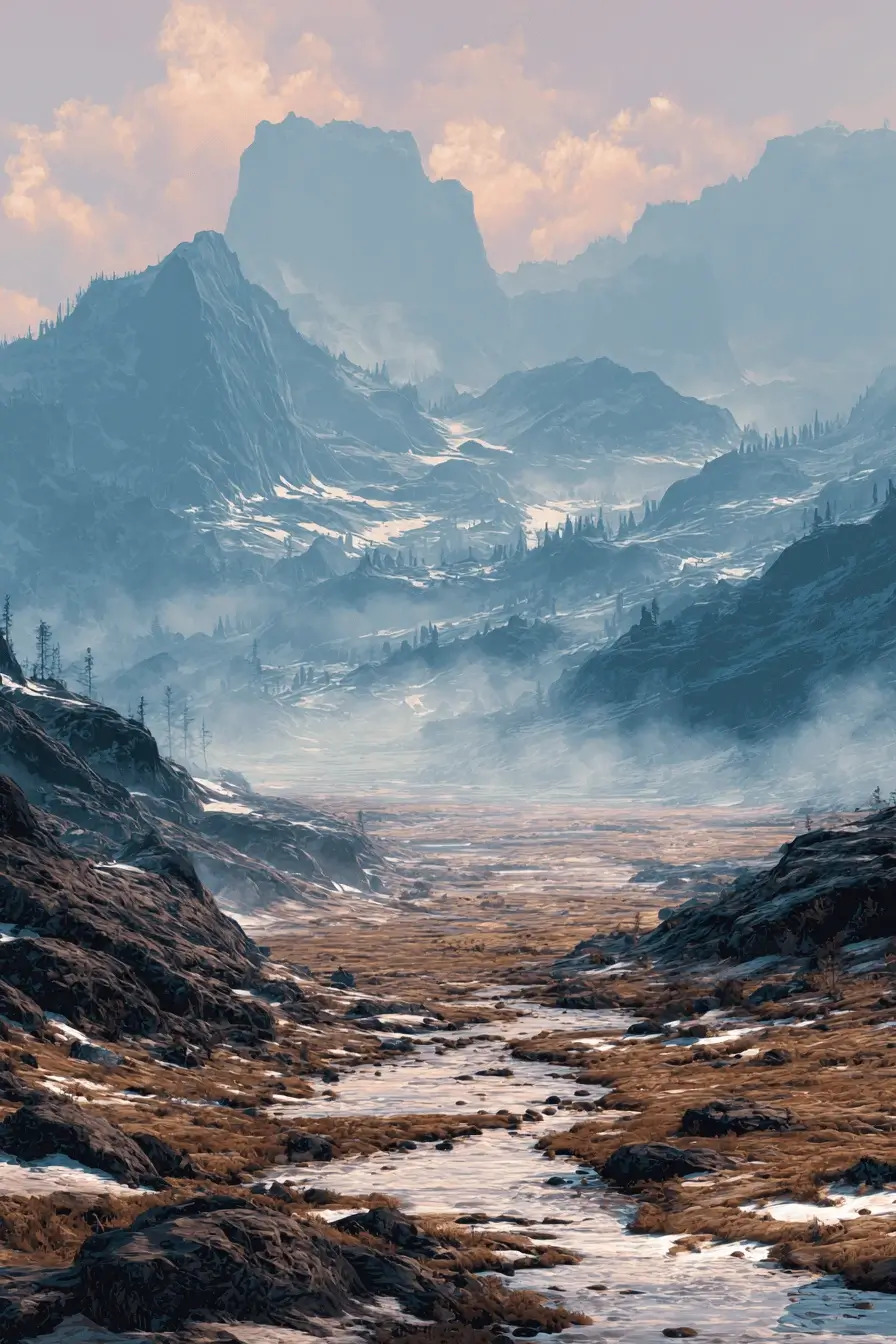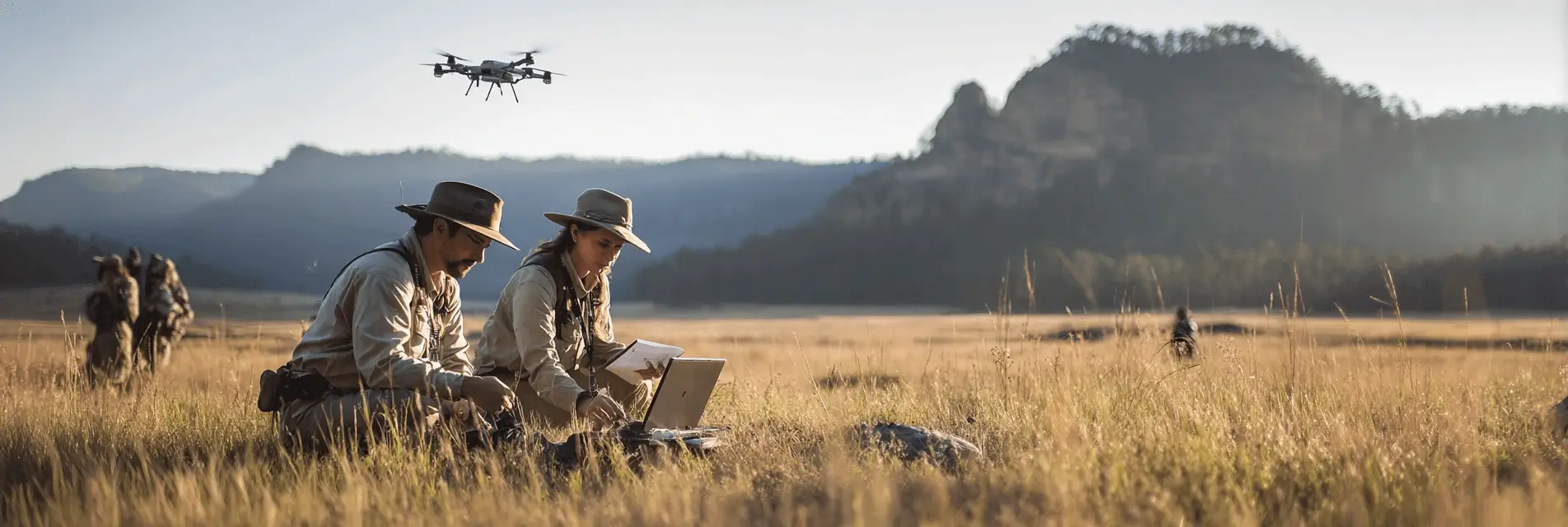🥾 What Are National Parks?

Defining Protected Wilderness
National parks are specially designated areas that set aside pristine landscapes for conservation and public enjoyment. Governments set up these protected zones to keep out commercial exploitation and preserve natural ecosystems for future generations. Unlike regular public lands, national parks come under strict regulations that prevent hunting, mining, and residential development. Park authorities carry out careful management practices to ensure that wildlife populations can thrive in their natural habitats without human interference. When you look into the history of conservation movements, you'll discover that national parks represent humanity's commitment to hold onto Earth's most spectacular wild places. These protected areas stand for the belief that some landscapes are too precious to give up to development, and they call for our active protection and respect.
Beyond Simple Protection
National parks go beyond mere preservation—they also serve important educational and recreational purposes. Visitors can find out about ecosystems, geology, and wildlife through interpretive programs that park rangers put together throughout the year. These protected areas make up only a small percentage of Earth's surface, yet they account for enormous biodiversity and ecological services. When communities come together to support national parks, they help ensure these treasures carry on existing for centuries. Scientists regularly turn to national parks as living laboratories where they can figure out how ecosystems function without significant human disturbance, making these areas invaluable for research and conservation science.







